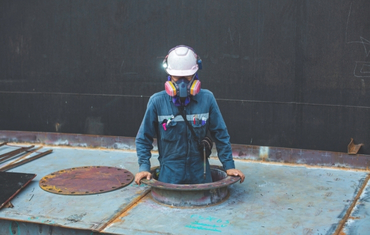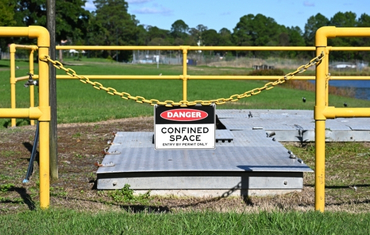You are using an out of date browser. For the best experience on this site and added security, please update to a modern browser.
Update your browserWhen you’re working in high-risk environments like confined spaces, tunnels, or underground works, one piece of gear can make the difference between safety and serious danger —gas measurement instruments.
These tools aren’t just part of a checklist. They’re essential to keeping your crew alive and your site compliant.
At CTRA, we don’t just teach theory. We train real people for real risks, and gas measurement is a core part of that.
Confined spaces are unpredictable. What seems safe from the surface can quickly become deadly inside.
Gas hazards can include:
You can’t see or smell most of these, which means without proper gas measurement instruments, you’re guessing. And in high-risk work, guessing is never good enough.

Gas measurement instruments are handheld or mounted devices that detect and measure the presence of hazardous gases in the air.
Most high-risk workplaces use multi-gas detectors, which typically monitor:
These instruments give real-time readings and alarm alerts when levels move outside safe ranges.
At CTRA, our training ensures workers understand not only how to use gas measurement instruments, but why they matter — and what actions to take when readings change.
Too often, gas measurement instruments are treated like a box-tick item. Workers carry them, but don’t check them. Or worse, they don’t know how to respond when an alarm goes off.
Some of the most common issues include:
These are small mistakes, but in high-risk settings, they can have fatal outcomes.
That’s why our training focuses on hands-on use and real-world scenarios.
Every worker operating in or around confined spaces must understand the basics of gas detection. At a minimum, they should know:
This is not just about compliance. It’s about confidence — knowing what the numbers mean, and how to act fast when conditions change.
Not all instruments are created equal. The right choice depends on your job, environment, and risks.
When selecting gas measurement instruments, consider:
We help participants understand the types of instruments on the market and what suits their work best — so they’re prepared beyond the classroom.

Safe Work Australia and WHS regulations are clear: if a hazardous atmosphere is likely, it must be monitored before and during entry.
Using gas measurement instruments is a legal requirement in many industries including:
Failure to monitor gas exposure doesn’t just risk lives — it also risks serious penalties for companies.
At CTRA, we train workers to not only meet the standard but exceed it. Safety isn’t a checkbox — it’s a mindset.
At CTRA, our confined space and high-risk work training includes:
Our students don’t just read about gas hazards — they test, monitor, and respond as if it were a live site.
Because when you’re working in a confined space, there’s no time to second-guess. You need to know your gear, trust your readings, and act with confidence.
If you’re working in high-risk environments and don’t know how to use gas measurement instruments properly, you’re putting yourself and others at serious risk.
Understanding the tool is only part of it. Knowing when and how to respond is where real safety starts.
Ready to train your team in practical gas monitoring and high-risk readiness?
Train with CTRA. Get confident, compliant, and ready for anything.